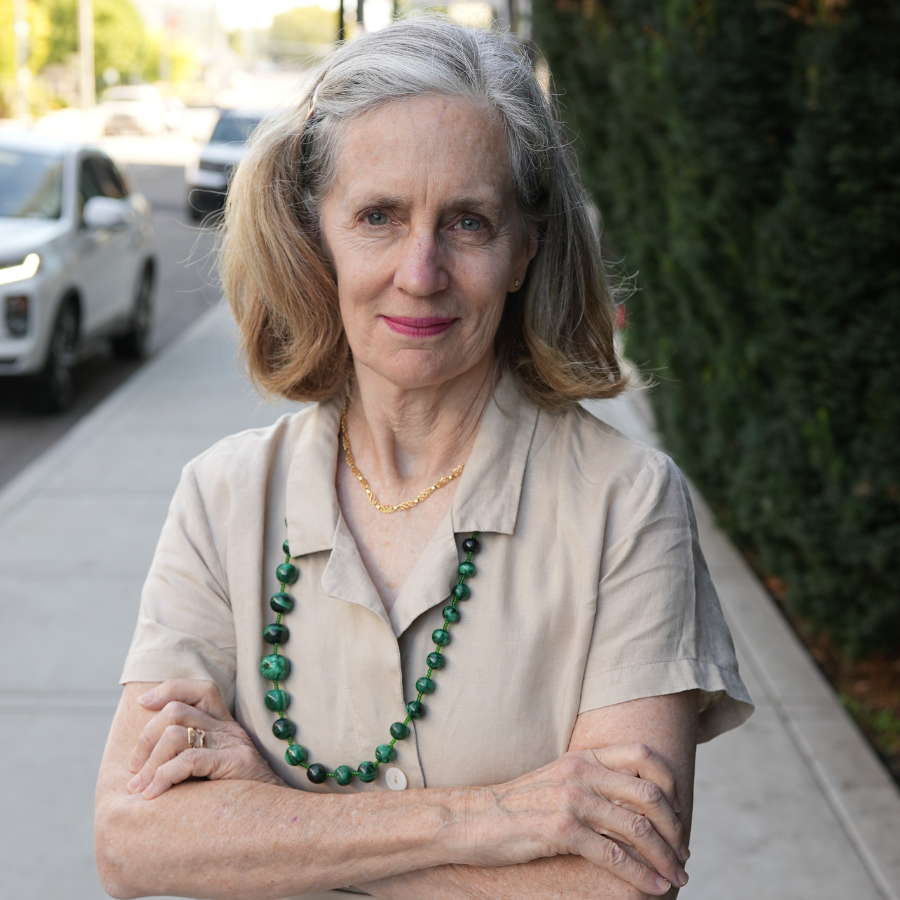On April 26th a task force of the Northshore School District, appointed by Superintendent Larry Francois, recommended shutting down the popular and successful Challenge program, which allows students to voluntarily select more rigorous courses needed to prepare for college. On May 24, in less than two weeks, the school board will decide whether to adopt this recommendation and deny Challenge courses to the 1,733 students currently in the program, i.e., 55 percent of the district’s middle school students. In jeopardy is also the popular Challenge 7 math course, which prepares students for careers in engineering, math and technology.
Parents are upset and unhappy. They have launched this website, attended and testified at district meetings, written research reports, and gathered over 1,300 signatures to save the Challenge program. Yet Superintendent Larry Francois does not appear to be listening to parents. Instead, he seems to be accommodating the local teachers union, which prefers a mandatory one-size-fits-all program for students. The union contract reveals it opposes allowing students to choose more rigorous courses, and has even threatened to strike if Challenge is not abolished and other demands are not met. Parents hope the school board will vote on May 24 to protect their children and save their Challenge program.
Controversies like this one in Northshore are commonplace in public education. Parents care a lot about what is happening in the schools, but they are allowed very little power over decisions that affect their children. Parents often can’t choose a school; children are assigned to schools based on their zip codes. If parents object to what is happening to the education of their children, they are forced to launch political campaigns, like the parents in Northshore. This is unfair. Parents and children are not interested in politics. They are interested in learning.
The way to fix this problem is to help parents get involved in the education of their children. This is the goal of school choice programs now common across the country. Twenty-four states and the District of Columbia operate 51 different school choice learning programs. These programs give parents the option to enroll their children in a public charter school, a public online learning program, a private tutoring program, or a private school of their choice.
School choice programs allow parents to direct the public education funding to which they are entitled to the program that works best for their children. In Washington, the amount the state provides to educate each student is on average $9,000 a year. The key to school choice is that parents, not central office bureaucrats, would control where these dollars would go. Parent choice in education improves the quality of public schools by giving administrators a strong incentive to serve the needs of families first, ahead of vested political interests in the system.



